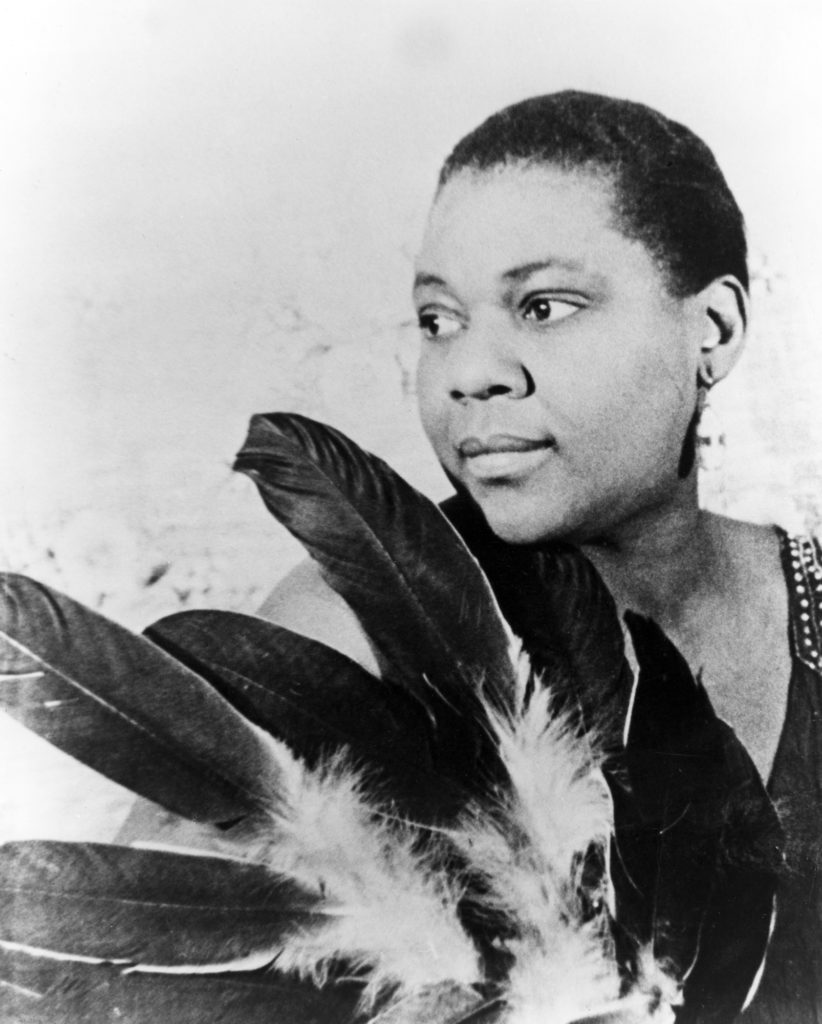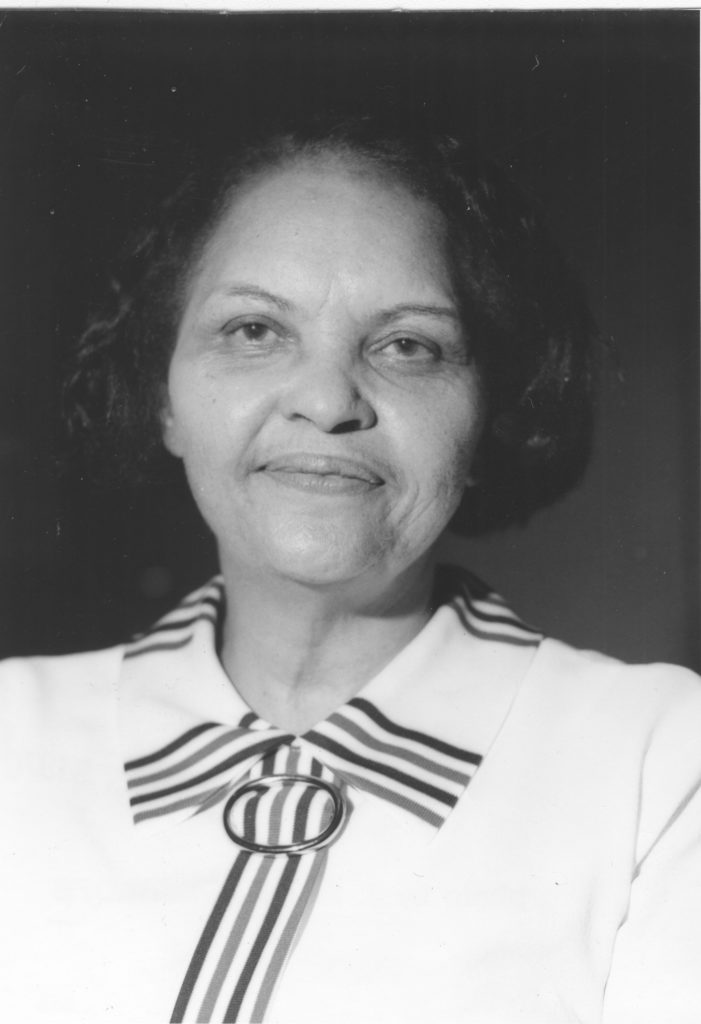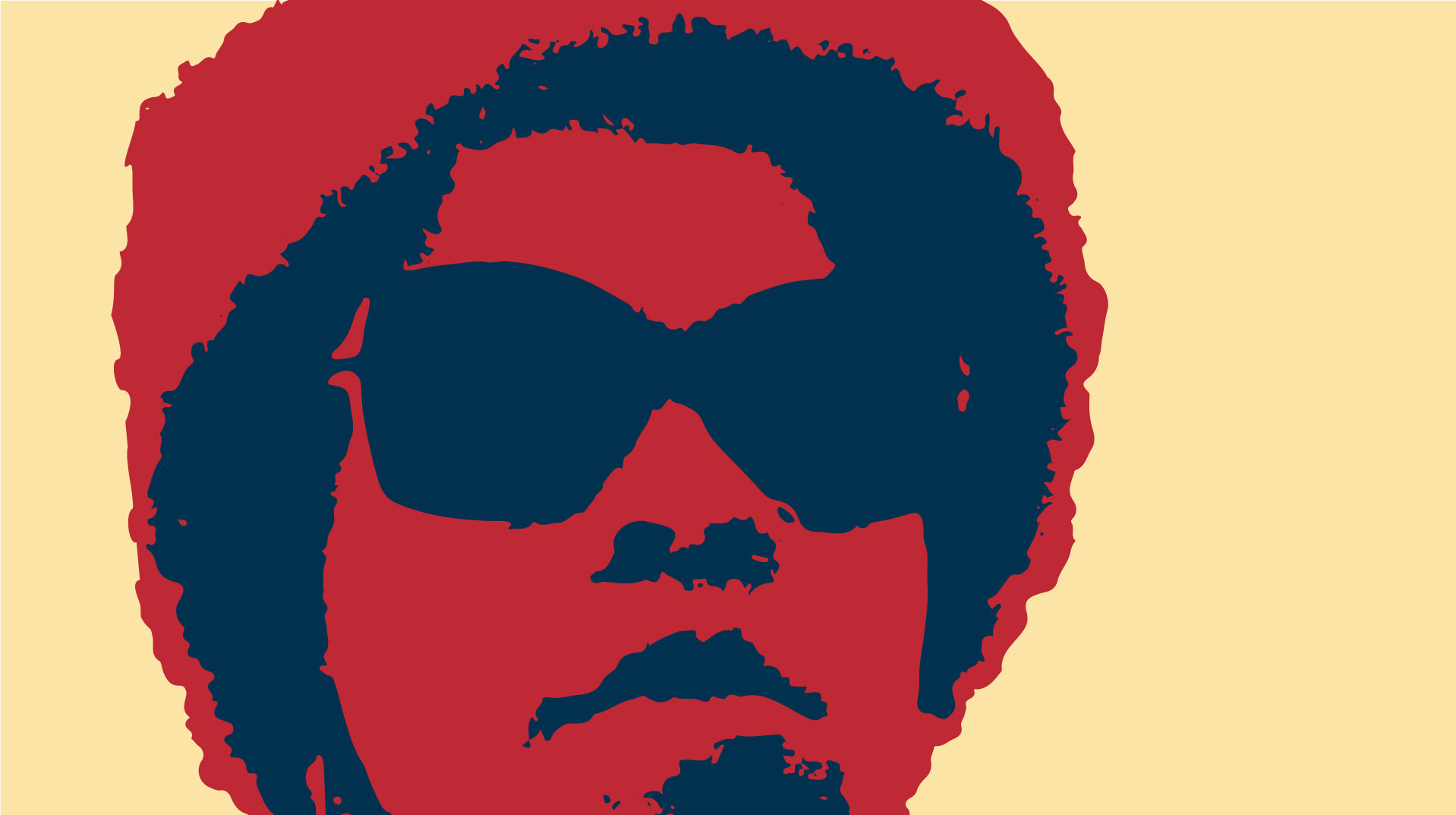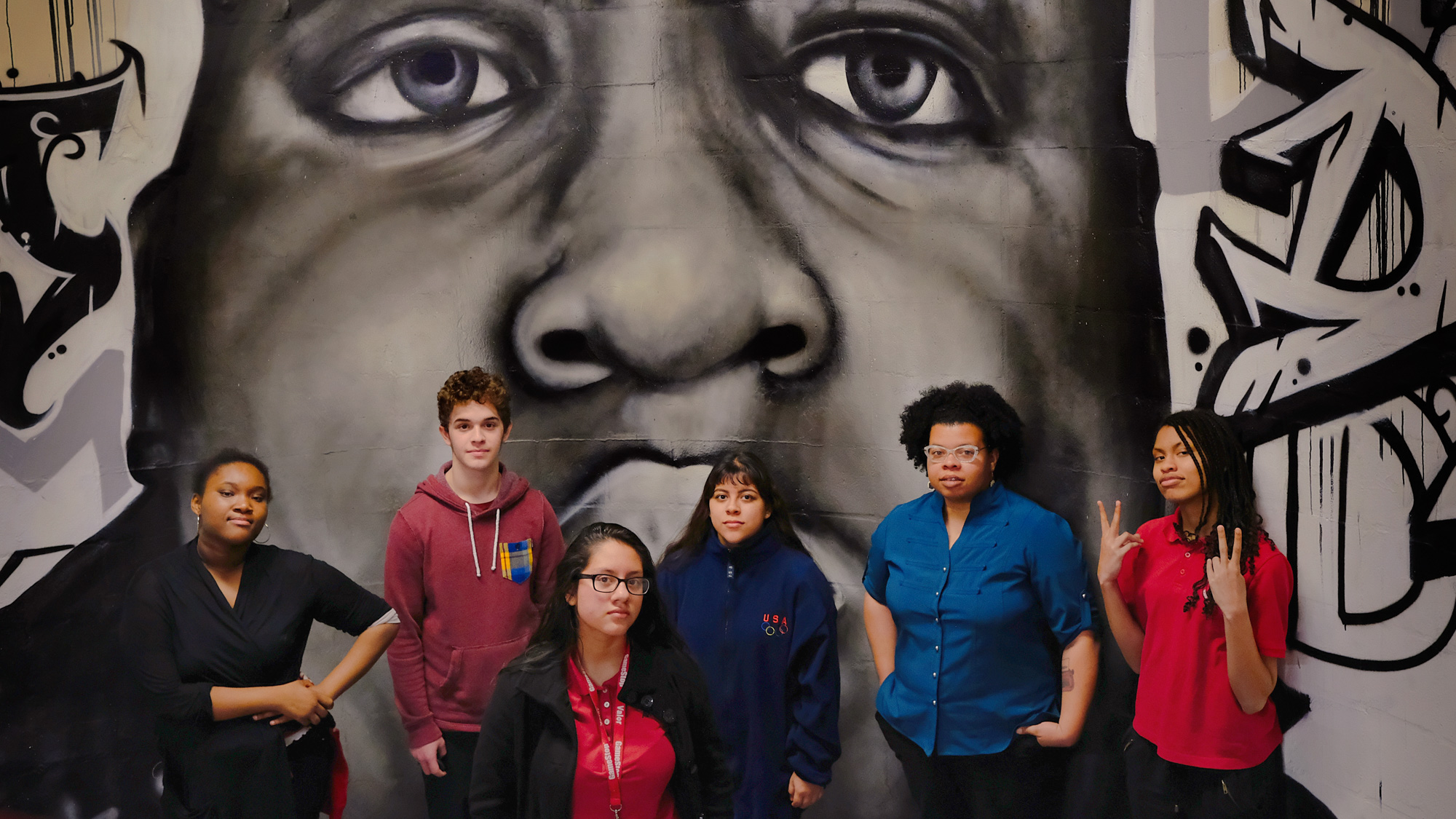
As an historian, I have to say, the greatest achievement of the Great Migration is the blues.
There’s something both haunting and charming about the itinerant worker who rides the rails to personal and individual freedom. To an imaginary heaven of economic prosperity and racial justice. Though the protagonists of these songs are almost always men, women were also subject to wanderlust. They, too, were running, leaving, and wandering aimlessly to the North in search of a world without lynching, sexual violence, and feelings of inferiority.
It’s like Bessie Smith sang in “Far Away Blues”:
We left our southern home and wandered north to roam
Like birds, went seekin’ a brand new field of corn
We don’t know why we’re up here
But we’re up here just the same
And we are just the lonesomest girls that’s ever been born
But there’s something about this narrative that has always bothered me. The way that the migration blues portrays these men and women as runaways and fugitives. As people without roots. Even when they reach paradise, blues women like Bessie Smith, who, herself, migrated from Tennessee to Pennsylvania, were plagued with loneliness and nostalgia for their Southern homes.
Even now, migrants and refugees (particularly those of color) are characterized as people on the run from war torn countries or natural disasters. No one ever talks about the things and people that migrants run to. And the communities they build once they get there. Communities that were (and are) built almost entirely by women.
This is the thing that intrigues me most about domestic workers. They have a way of creating and recreating entire landscapes that scholars and writers rarely notice because they are tucked away in the mundane and everyday.
It’s like Louise Epperson said of her journey to Newark in 1932, “When I came to Newark, I thought it was great to run to taverns and go to church…Church, work, and taverns. We had a lot of fun doing that.”
If I had been born a few decades earlier (a fantasy I have had since childhood…cliche I know), I would have written a blues songs about that.
Or about family reunions. About the sisters, and aunts, and family friends that took us in after we left our Southern homes. I’d write the “Bus Stop Blues,” recounting conversations, collaborations, and negotiations made among day laborers. Songs about the way that we put extra spices in our cooking to keep housewives (who really aren’t that different above the Mason-Dixon line) out of the kitchen. I’d write songs about exchanges in church pews. Or nosy neighbors. My blues would be void of nostalgia. Because every memory, every cultural tradition, every turn of phrase from home is something we brought with us.
Ms. Louise would have been the ideal muse. She lived with an aunt when she first moved to the city. She worked for a doctor whose home office was on Roosevelt Avenue. By day, she was his receptionist. And then, when everyone would leave the office, she would change into her uniform and cook dinner for the family.
After thirty years of “church, work, and taverns” Louise Epperson laid the groundwork for Newark’s community resistance to urban renewal and displacement brought on by the building of the medical school. While Ms. Louise was just beginning her journey, domestic workers who unionized in Newark did so under the motto: “To better the conditions of our working people, because in unity there is strength.” Southern migrants build movements. The kind of movements that can change a community forever.
And I’m not just saying that because I’m a migrant to Newark myself. As such, I see the imprint of migration on the city everyday. Or rather, I hear it. I hear it in the familiar southern drawl of the elderly woman who greets every bus passenger on my morning commute. Or the simultaneous sounds of Catholic church bells and the Muslim call to prayer downtown. In the way that the Nigerian church at the end of my block worships on Sundays. Or the merengue and bachata that my neighbors play in their apartments on Saturday. I guess…now that I think about it…this rarely sounds like the blues to me.



